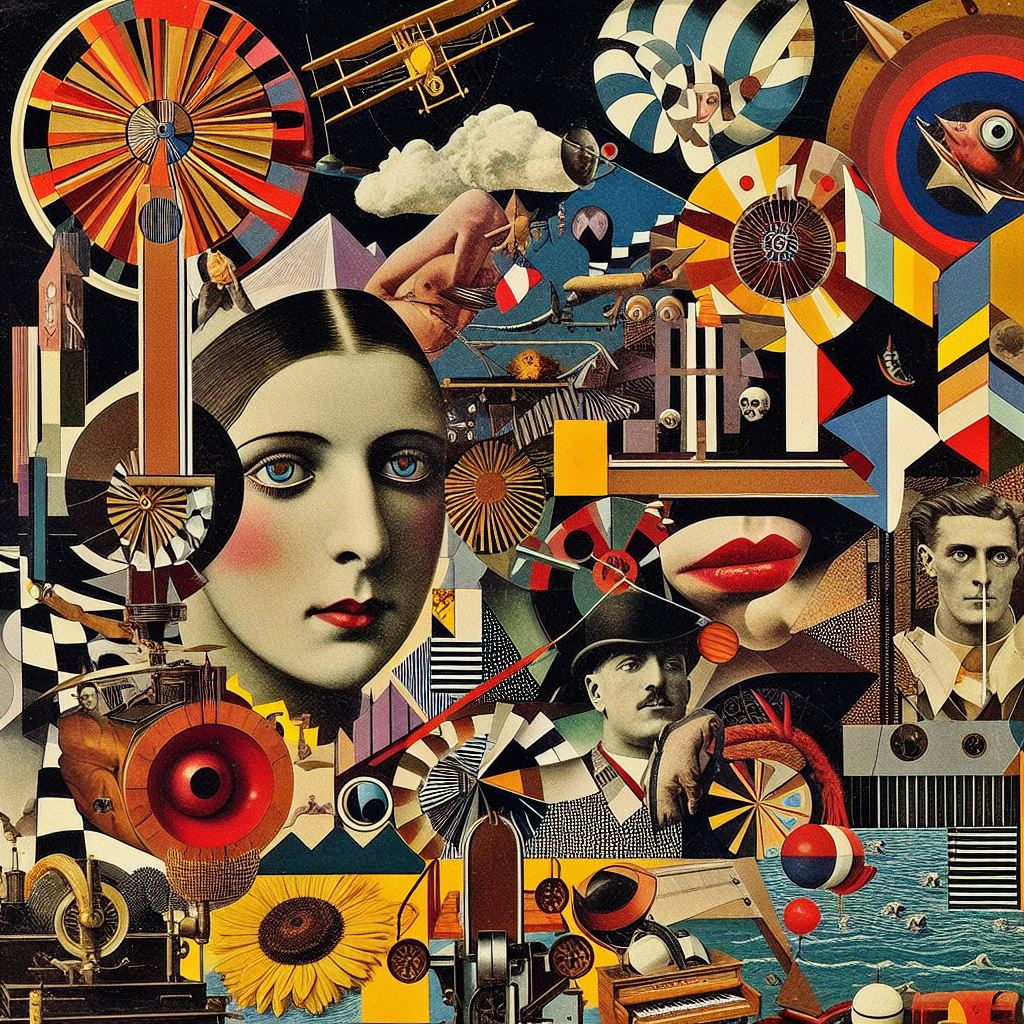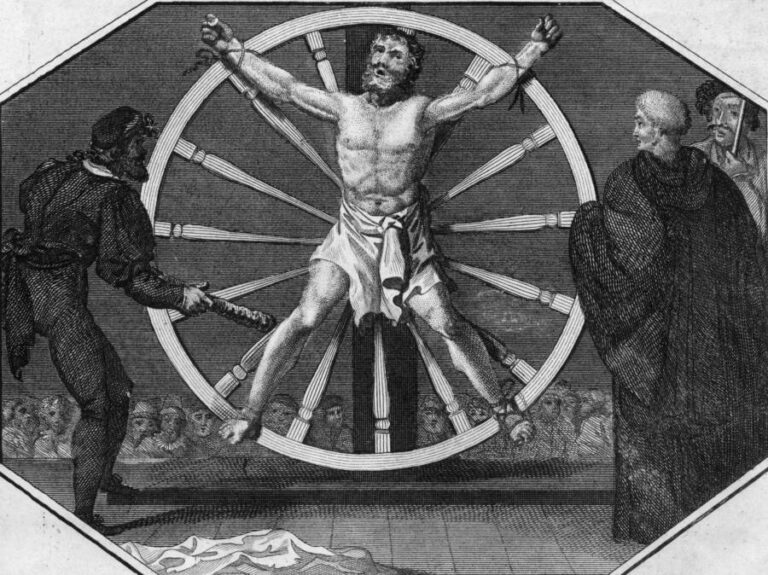The Enigmatic Origins of Dadaism: Unveiling the Birth of an Avant-Garde Movement
Dadaism, a radical avant-garde movement that emerged in the early 20th century, is often associated with its enigmatic founder, Tristan Tzara. Understanding the origins of Dadaism involves delving into Tzara’s pivotal role in shaping the movement, his philosophical contributions, and his influence on modern art and literature.
Tristan Tzara: The Man Behind Dadaism
Tristan Tzara, born Samuel Rosenstock in 1896 in Romania, was a poet, essayist, and the central figure in the birth of Dadaism. His journey from a young Romanian poet to the founder of an international art movement is a compelling story of creativity and rebellion.
Key Facts About Tristan Tzara
| Attribute | Details |
|---|---|
| Full Name | Samuel Rosenstock |
| Date of Birth | April 16, 1896 |
| Place of Birth | Moinesti, Romania |
| Movement Founded | Dadaism |
| Notable Works | Dada Manifesto, The Gas Heart |
Tzara’s involvement in the Dada movement began in Zurich, where he and other artists and writers sought to challenge conventional art forms and societal norms. His work, including the famous Dada Manifesto, laid the philosophical groundwork for the movement, emphasizing randomness, absurdity, and anti-bourgeois sentiments.
“Dada is the name of a child who creates and destroys, who continues to go on with his playthings. It is an affirmation of the eternal lack of meaning in life.” — Tristan Tzara, Dada Manifesto
What is Dadaism?
Dadaism emerged as a radical critique of the traditional art and cultural norms of the early 20th century. Originating in Zurich during World War I, it sought to reject logic, reason, and aesthetic norms, embracing chaos and irrationality instead.
Characteristics of Dadaism
- Anti-Art Philosophy: Dadaism rejected traditional aesthetics, focusing on the absurd and the nonsensical.
- Randomness and Chance: Artists used chance methods, such as random word selections, to create art.
- Anti-Bourgeois Sentiments: Dadaists critiqued the bourgeois society’s emphasis on materialism and conformity.
Dadaism’s avant-garde approach influenced various forms of art, including literature, visual arts, and performance. The movement’s key principle was to challenge the status quo and question established norms, creating a new form of expression that defied categorization.
The Historical Context of Dadaism
To fully appreciate Dadaism, it is essential to understand the historical context in which it emerged. The early 20th century was a period of profound social and political upheaval, particularly in Europe.
The Post-World War I Era
- Political Instability: The aftermath of World War I left Europe in a state of disarray, with political and social instability prevalent across the continent.
- Cultural Crisis: The war’s devastation led many to question the values and cultural norms that had preceded it.
This chaotic backdrop created a fertile ground for Dadaism, as artists and intellectuals sought to break away from the disillusionment of the time and express their frustrations through unconventional means.
Dadaism vs. Other Contemporary Movements
Unlike movements such as Surrealism, which also emerged from the early 20th-century avant-garde, Dadaism was characterized by its outright rejection of traditional artistic standards. While Surrealism sought to explore the unconscious mind, Dadaism focused on dismantling established artistic and societal norms.
How Did Dadaism Evolve Over Time?
Dadaism, while initially concentrated in Zurich, quickly spread to other major cities, each of which contributed uniquely to its evolution.
Early Manifestations in Zurich
- Cabaret Voltaire: Founded by Hugo Ball and Emmy Hennings, this venue was the birthplace of Dadaism. It featured experimental performances and art that exemplified the movement’s core principles.
- Influence of the Zurich Group: Other key figures, such as Jean Arp and Marcel Janco, contributed to the development of Dadaist ideas and aesthetics.
Expansion to Other Cities
- Paris: The Parisian Dadaists, including André Breton and Francis Picabia, adapted the movement’s principles to their own context, influencing modern art and literature.
- Berlin: In Berlin, Dadaism took on a more politically radical tone, with artists like John Heartfield using the movement to critique the political situation in Germany.
- New York: The New York Dadaists, including Man Ray and Duchamp, brought a distinctive American perspective to the movement, influencing later art movements such as Abstract Expressionism.
The Impact of Dadaism on Art and Literature
Dadaism had a profound influence on various aspects of art and literature, shaping the trajectory of modern artistic practices.
Influence on Modern Art
- Collage and Assemblage: Dada artists popularized the use of collage and assemblage, techniques that have been widely adopted in contemporary art.
- Conceptual Art: Dadaism’s focus on ideas over aesthetics paved the way for the development of Conceptual Art.
Major Dada Artists and Writers
- Marcel Duchamp: Known for his “readymades” like Fountain, Duchamp’s work challenged traditional notions of art.
- Hannah Höch: A pioneer of photomontage, Höch’s work critiqued gender roles and societal norms.
Dadaism’s Legacy and Modern Relevance

Dadaism’s impact extends far beyond its initial years, continuing to influence contemporary art and culture.
Lasting Impact on Contemporary Art
- Artistic Freedom: Dadaism’s challenge to traditional art forms opened doors for greater artistic freedom and experimentation.
- Influence on Pop Art and Performance Art: The movement’s techniques and ideologies have influenced various contemporary art forms, including Pop Art and Performance Art.
Modern Artistic Practices
- Postmodernism: Dadaism’s rejection of traditional narratives and forms contributed to the development of Postmodernist art, which often embraces pastiche and irony.
- Artistic Revolutions: The spirit of rebellion and innovation central to Dadaism remains a driving force in contemporary art movements.
Criticisms and Controversies Surrounding Dadaism
While Dadaism was revolutionary, it was not without its critics and controversies.
Common Criticisms
- Perceived Meaninglessness: Critics often argued that Dadaism’s embrace of randomness and absurdity lacked substance or meaning.
- Alienation: Some saw the movement’s rejection of conventional art as elitist or alienating.
Responses from Dadaists
- Rejection of Traditional Values: Dadaists defended their work as a critique of a society that they felt was inherently meaningless.
- Continued Relevance: Despite criticisms, Dadaism’s influence on later artistic movements underscores its significance in challenging and redefining art.
References
- “Dadaism.” History Defined. https://www.historydefined.net/origins-of-dadaism/
https://www.historydefined.net/origins-of-dadaism/ - “Tristan Tzara.” Wikipedia. https://en.wikipedia.org/wiki/Tristan_Tzara
https://en.wikipedia.org/wiki/Tristan_Tzara






